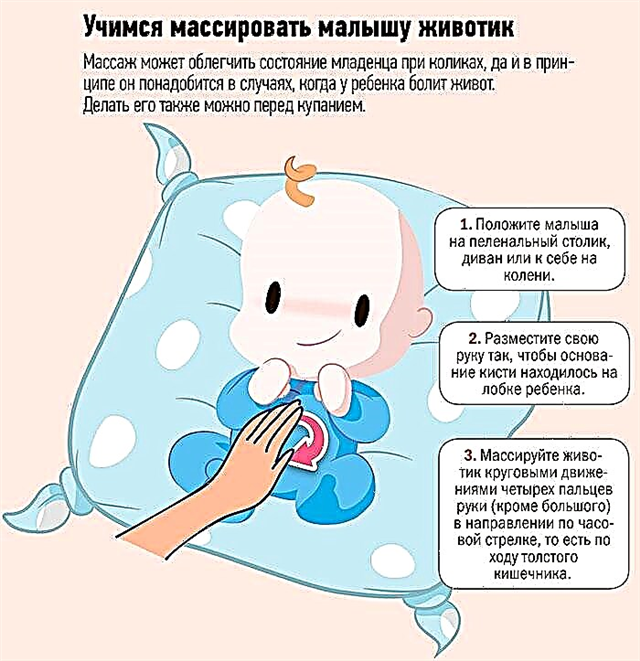
Ospamox is a group of penicillins and is in demand in the treatment of both adults and young patients. This antibiotic is a product of the well-known Sandoz company and is presented in several forms, which allows you to choose a drug for a child of different ages. Due to the wide range of effects and mainly good tolerance, such an antibacterial agent is often prescribed to children with various infections.

Release form and composition
The most popular form of "Ospamox" in childhood is powder, from which a suspension is made at the beginning of treatment. It comes in glass bottles that come with a measuring spoon and paper instructions. This powder has a white or yellowish white color and a fruity smell. When mixed with water, it forms a bittersweet white to yellowish-white liquid that smells like fruit.
Depending on the content of the active substance, which is amoxicillin in Ospamox (it is in powder in the form of a trihydrate), there are three dosages of the suspension - 125, 250 and 500 mg per milliliter of the finished (diluted with water) medicine. The dosage of amoxicillin affects the amount of powder in the vial, which can range from 5.1 to 20 grams. But the auxiliary ingredients in such drugs are the same and are represented by aspartame, talc, sodium benzoate, orange, lemon flavors and other compounds.


In addition to powder, Ospamox is also available in the form of dispersible tablets. They also contain amoxicillin trihydrate as an active ingredient. If we recalculate it for amoxicillin, then the dosage in one tablet is 500, 750 or 1000 mg. Inactive ingredients, regardless of the amount of amoxicillin, are microcrystalline cellulose, aspartame, mannitol, maltodextrin, flavors and other compounds.
The tablets themselves are distinguished by an oblong convex shape and white color, sometimes with a yellow tint. On both sides, they have the risk of dividing such an Ospamox into halves. The medicine is sold packaged in blisters of 6, 7, 8 or 10 tablets, and one package can contain from 12 to 100 tablets.
Abroad, instead of Ospamox powder, you can buy granules. After adding water, they become a sweet suspension containing 125 or 250 mg of the active ingredient in 5 milliliters. The only difference between this form and powder is the composition of the excipients. In addition, in other countries there is such a solid form of "Ospamox", as coated tablets. They are available in dosages of 500 and 1000 mg of amoxicillin per tablet.


Operating principle
The active substance "Ospamox" has a bactericidal effect on many types of bacteria. The drug disrupts the formation of cell walls, due to which microbes die. The medicine is capable of destroying:
- listeria;
- hemophilic sticks;
- corynebacteria;
- enterococci;
- streptococci;
- colibacilli;
- gonococci;
- proteas;
- salmonella;
- clostridia and many other microorganisms.


Many staphylococci, klebsiella, enterobacteria, pseudomonas, chlamydia, bacteroids and some other pathogens are insensitive to the action of Ospamox. Such an antibiotic does not work on viral particles either.
Indications
For children, Ospamox is most often prescribed for respiratory tract infections, for example, in case of bacterial infection of the throat (with angina) or ear (with acute otitis media), as well as with pneumonia and bronchitis. In addition, the drug can be used for infections of the gastrointestinal tract, skin, subcutaneous tissue and genitourinary organs. Another reason for the appointment of "Ospamox" is endocarditis or its prevention.
At what age is it prescribed?
There are no age restrictions for the use of Ospamox in children. The drug can be prescribed for both infants and older patients, including adolescents and adults.
Contraindications
Treatment with Ospamox is prohibited in case of hypersensitivity to amoxicillin and allergies to other penicillin preparations. Also, the suspension or tablets should not be given in case of intolerance to any inactive component of such drugs. In addition, the drug is not recommended for viral infections, leukemia and infectious mononucleosis, as well as for allergies to cephalosporin antibiotics and drugs of the carbapenem group.
Side effects
During treatment with Ospamox, negative symptoms of the digestive system are possible, for example, loss of appetite, bloating, diarrhea, abdominal discomfort, nausea, or the development of dysbiosis. Also, taking the drug can cause skin redness, itching and other signs of an allergic reaction. Somewhat less often, the medication provokes anemia, fever, kidney damage and other negative phenomena. If they occur, you should immediately cancel the antibiotic and consult a doctor.

Instructions for use
To dilute the powder with water correctly, you need to pour the liquid inside the bottle up to the mark on the bottle. Dilution is best done not with the entire volume of water at once, but in two stages - first pour water about 1 cm below the mark and shake the powder, then let the foam settle and add the liquid to the mark, and then shake the medication again. Shaking is recommended with each subsequent use of liquid "Ospamox".
When using tablets that dissolve, it is permissible to simply swallow them or chew them with water, but you can also dilute them in 20 ml of liquid to make a sweet syrup, or dissolve in 100 ml of water to form a suspension.
The dosage of the drug for patients under 12 years of age and weighing less than 40 kg is calculated by body weight. For 1 kilogram of a child's weight, they often take from 25 to 50 mg of amoxicillin (maximum - up to 60 mg in case of severe infection). The daily dose calculated in this way is divided into 2-3 doses. For adolescents over 12 years of age, the drug is given in a dose of 750-3000 mg per day (a more accurate dosage is determined by a specialist), dividing such an amount of Ospamox into several doses.
How long to give Ospamox to a child should be determined by the attending physician. Most often, the reception is continued for several more days after the symptoms of the infection have subsided. It is not worth stopping giving the medication before the time prescribed by the doctor, because this can provoke the development of resistance in bacteria.
Overdose
If you exceed the dose of Ospamox, it can cause vomiting, abdominal discomfort, diarrhea and other digestive disorders. To eliminate them, you need to give the patient "Activated Carbon" or other symptomatic remedies.

Drug interactions
Ospamox is not recommended to be used together with many other drugs, including anticoagulants, cardiac glycosides and aminoglycoside antibiotics. If the child is already taking any medications, this should be told to the pediatrician before starting treatment.

Terms of sale and storage
To buy any form of Ospamox at a pharmacy, you must first take a prescription from your doctor. The shelf life of the powder in a sealed bottle is 3 years, after dilution with water - 14 days. The shelf life of dispersible tablets is also 3 years, but this form of the drug is not stored in a diluted form with water. You can keep the medicine in any form at home at room temperature, taking care that a small child cannot get it.

Reviews
On the treatment of children with "Ospamox", they respond mostly positively. Such a medicine is called effective and convenient to use even in small children, however, in some babies, it still provoked unpleasant side effects. Some mothers call the price of the medication affordable, while others call it too high.

Analogs
If you need to replace Ospamox with an antibiotic with the same active ingredient, you can use Flemoxin Solutab, Amoxicillin, Ekobol, Amosin or Hikontsil. Such drugs based on amoxicillin are available in soluble tablets, capsules, powder and other forms, so you can choose the right medication for both babies and schoolchildren.
In addition, drugs containing amoxicillin supplemented with clavulanic acid can replace Ospamox. These include antibiotics Panklav, Amoxiclav, Augmentin and others. Their spectrum of antimicrobial effects is wider, since clavulanic acid protects amoxicillin from destruction by enzymes.

To learn how to prepare the Ospamox suspension, see the next video.



